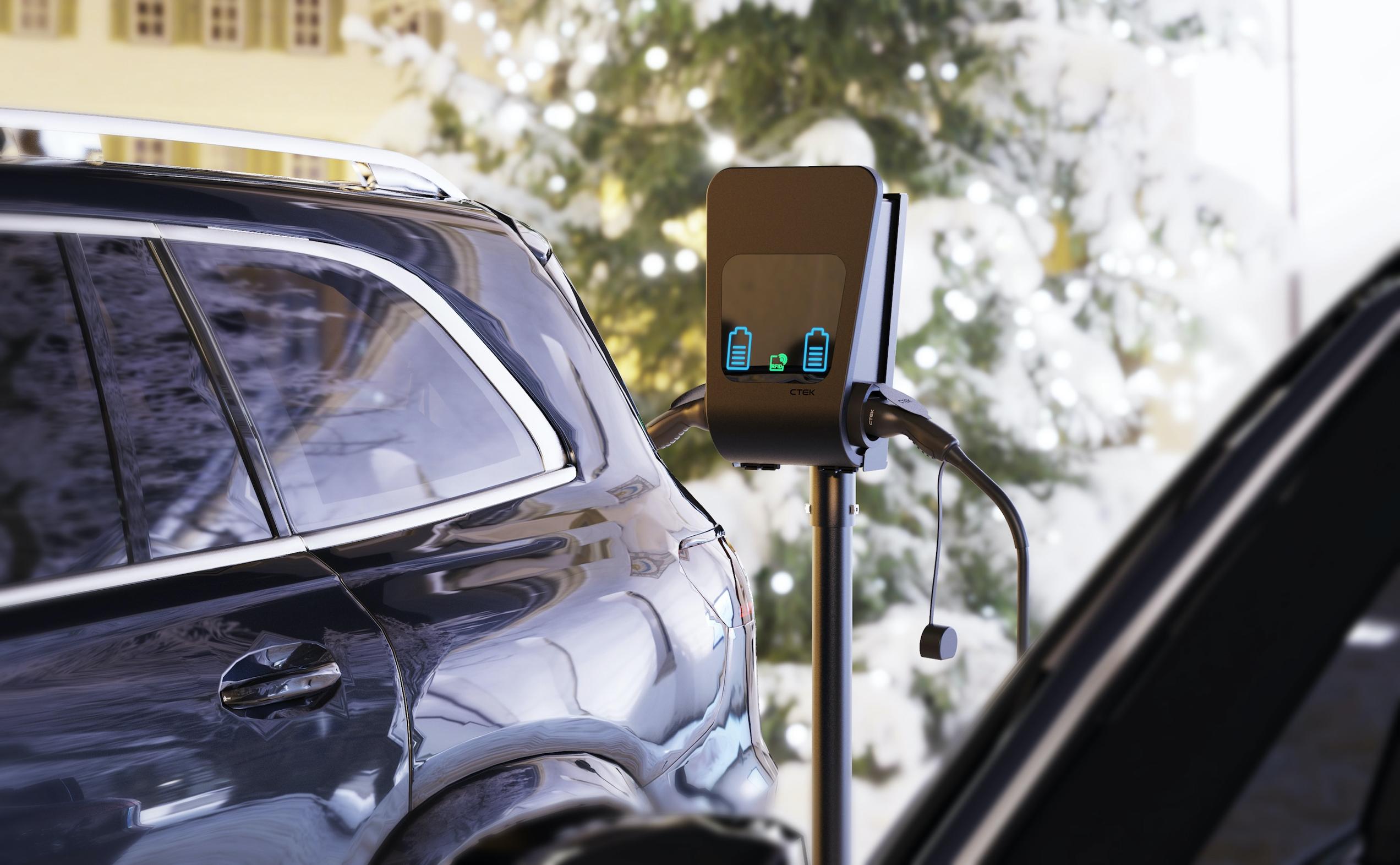

Employers installing or expanding electric vehicle (EV) charging in their workplace car parks are urged to futureproof their installations by being capable of providing ‘Autocharge’ for their EV drivers and ready for the future innovation of ‘Plug & Charge’.
Both Autocharge and Plug & Charge promise a ‘zero touch’ streamlined charging experience for EV drivers, who will simply plug in to a chargepoint which will automatically communicate with the vehicle and, if a payment method has been previously set up, begin charging.
One difference is that Autocharge requires the driver or employer to pre-register the vehicle with the charging network’s backend or use an RFID card or authenticate via an app, but only for the first charge.
Both Autocharge and Plug & Charge will streamline administration for employers, reducing overheads. Autocharge is a smaller step for employers with workplace charging, easier to implement than full Plug & Charge but, unless a vehicle is pre-registered to the backend, can still require physical authentication devices for first use such as RFID readers.
Autocharge is already in some European countries, and although availability in the UK is still limited it is growing. Some charging networks are installing Autocharge-compatible chargepoints and educating consumers on how to register for Autocharge and the advantages they will enjoy.
Autocharge relies on the Open Charge Point Protocol (OCPP) which enables communication between the chargepoint and the backend management systems. Employers should be installing chargepoints, such as CTEK’s new CC3, that support the latest OCPP standard, 2.0.1, in order to stay ahead.
Plug & Charge can be seen as the next step beyond Autocharge. For the EV driver, the experience will be even more streamlined. The vehicle’s identifying data is securely stored within the car itself and recognised by any compatible charging station. You don’t need prior registration with specific charging networks. The EV drivers simply plug in and automatically charge time after time.
For employers with workplace car parks, Plug & Charge promises enhanced security using encryption, digital signatures and public key infrastructure. This will add additional protection for information about the EV, its owner and who pays for the charging and how.
Plug & Charge’s protocols are defined by the ISO 15118 standard. As more EVs are built Plug & Charge-ready, employers with charging also need to be specifying chargepoints that are ISO 15118 compatible. So it makes sense for employers to now be looking to install chargepoints which enable both Autocharge and Plug & Charge by both supporting OCPP 2.0.1 and meeting ISO 15118.
The ISO 15118 compatible chargepoints, such as CTEK’s CC3, will not only enable Plug & Charge but will also unlock the other innovations governed by the standard, including Vehicle-to-Grid (V2G) and Vehicle-to-Everything (V2X), paving the way for smarter energy management.
Autocharge and Plug & Charge are not just for rapid DC charging, they are also ideal for AC charging which some employers may install for overnight charging.
TransportXtra is part of Landor LINKS
© 2025 TransportXtra | Landor LINKS Ltd | All Rights Reserved
Subscriptions, Magazines & Online Access Enquires
[Frequently Asked Questions]
Email: subs.ltt@landor.co.uk | Tel: +44 (0) 20 7091 7959
Shop & Accounts Enquires
Email: accounts@landor.co.uk | Tel: +44 (0) 20 7091 7855
Advertising Sales & Recruitment Enquires
Email: daniel@landor.co.uk | Tel: +44 (0) 20 7091 7861
Events & Conference Enquires
Email: conferences@landor.co.uk | Tel: +44 (0) 20 7091 7865
Press Releases & Editorial Enquires
Email: info@transportxtra.com | Tel: +44 (0) 20 7091 7875
Privacy Policy | Terms and Conditions | Advertise
Web design london by Brainiac Media 2020